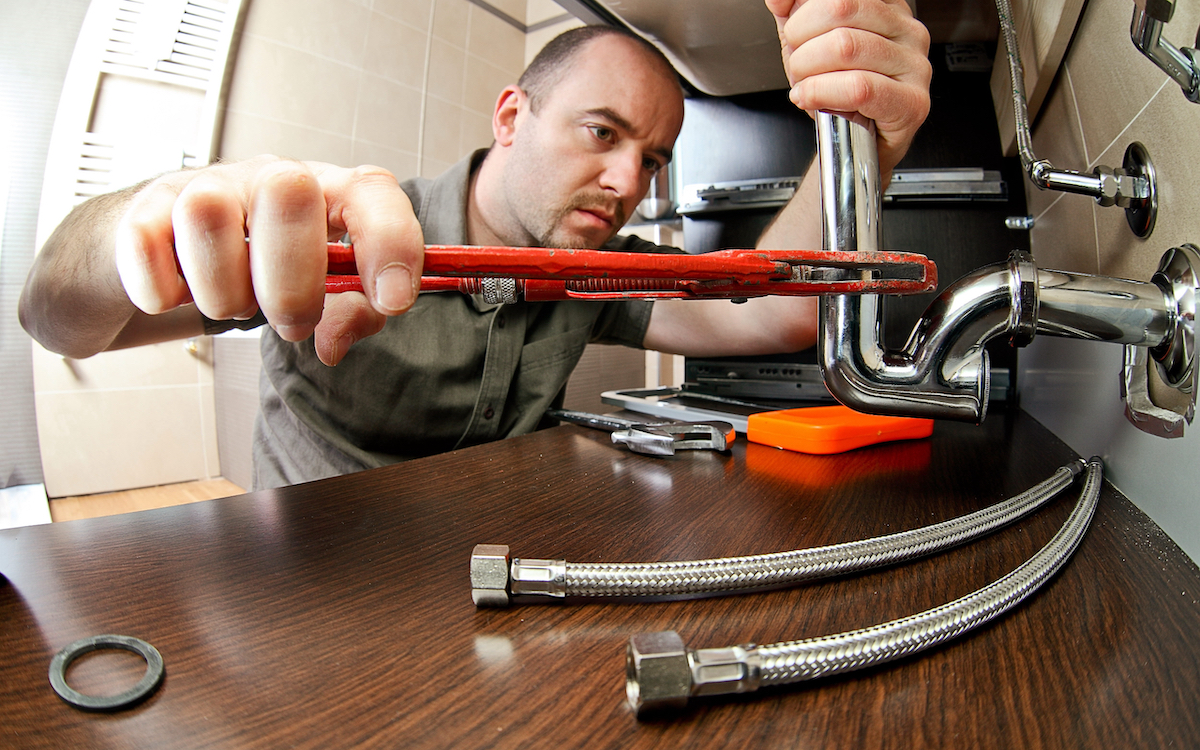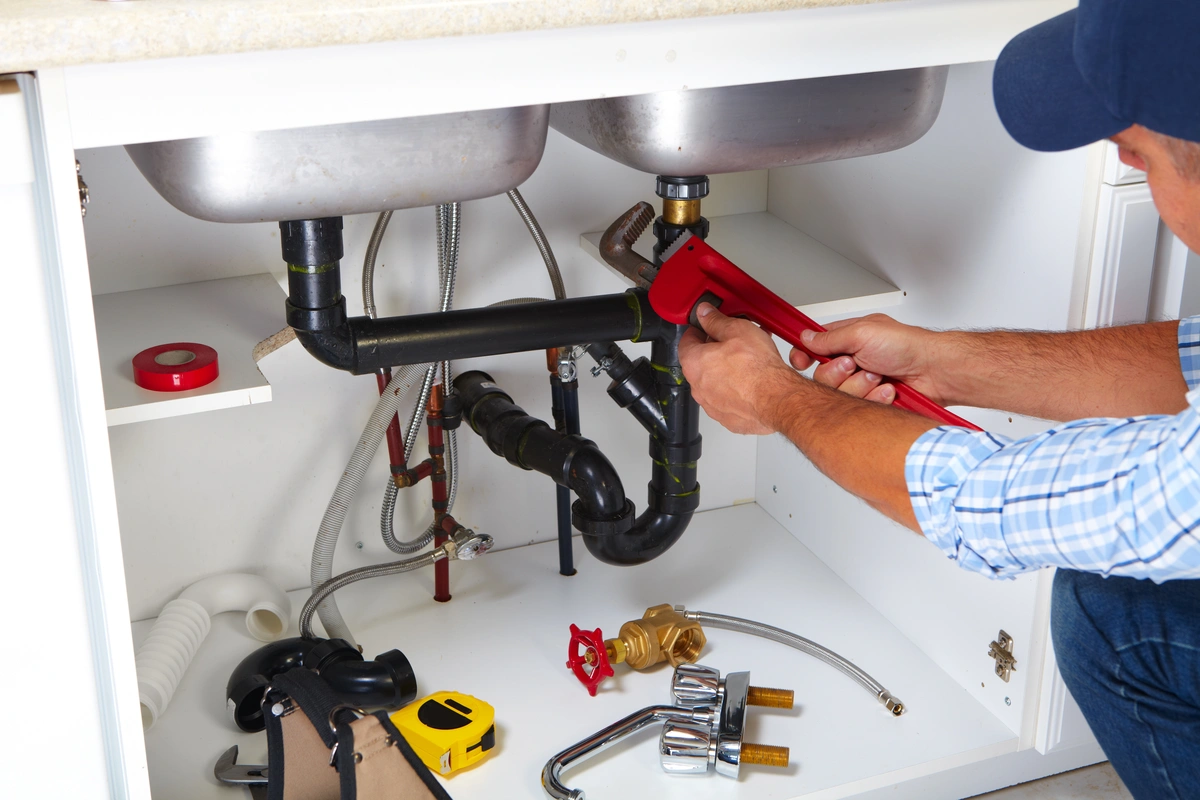Top-Rated Plumber Alabaster AL Ready to Serve You Anytime
Top-Rated Plumber Alabaster AL Ready to Serve You Anytime
Blog Article
A Step-by-Step Overview to Efficient Water Heating System Installment for Optimal Efficiency
Starting the job of setting up a hot water heater is a venture that requires accuracy and a methodical strategy for accomplishing optimal efficiency. The process starts with the essential choice of picking the proper heater customized to the certain requirements of your household, taking into consideration aspects such as power, size, and type source. As soon as selected, preparing the installation location to meet safety and security requirements is paramount. Nonetheless, the journey doesn't finish here. As you continue, the complexities of connecting water lines and establishing dependable electric or gas connections wait for, appealing understandings into making certain effectiveness and reliability.
Choosing the Right Hot Water Heater

Following, take into consideration the dimension and ability of the hot water heater. It's crucial to examine your home's warm water needs, which can vary based on the variety of occupants and their usage patterns. A device that's as well small may cause insufficient warm water, while an oversized model may lead to unneeded energy usage.
Effectiveness rankings likewise play a crucial role in option. Seek water heaters with high Energy Variable (EF) ratings, suggesting premium efficiency and reduced energy use. Tankless versions, though usually much more costly in advance, offer significant power cost savings in time as a result of their on-demand home heating abilities.
Preparing the Installation Area
Before installing a new hot water heater, meticulous preparation of the installation area is necessary. This ensures a smooth installation procedure and helps protect against future difficulties (Water Heater installation Alabaster AL). Begin by choosing an ideal place that conforms with local building regulations and safety and security standards. The area should be completely dry, well-ventilated, and obtainable for maintenance. It's crucial to gauge the area very carefully to fit the water heating system's dimensions, ensuring ample clearance around the system for efficient procedure and servicing.
Next, remove any kind of debris, dust, or blockages from the website to develop a tidy atmosphere. Inspect the flooring for stability, as the water heater will certainly need a solid, degree surface to operate properly. If necessary, set up a drip frying pan below the system to capture potential leaks or spills, avoiding water damages to the surrounding area. In areas susceptible to seismic activity, take into consideration setting up seismic bands to secure the heating system strongly in position.
Additionally, make sure that all essential devices and products get on hand before beginning the installation. This includes products such as wrenches, screwdrivers, a level, and any extra hardware required for mounting and safeguarding the heating unit. A well-prepared installation location establishes the foundation for an effective hot water heater setup, enhancing performance and safety.
Connecting Water Lines
When connecting water lines to your freshly installed hot water heater, it is essential to make certain that all links are leak-free and safe and secure to keep effective operation and stop water damage. Begin by identifying the warm and chilly water system lines. The cool water inlet is generally noted with a blue tag or a "C", while the hot water outlet is noted with a red tag or an "H".
Use adaptable water heating system ports to promote a simpler installment procedure. Prior to affixing the ports, position a plumbing technician's tape around the threaded ends of the water heater's inlet and electrical outlet pipes.
When connections are in location, slowly switch on the primary water shutoff. Check each connection for leaks page by visually feeling and inspecting for moisture. Tighten up links as essential, and guarantee the pressure safety valve is properly set up, securing against excessive pressure accumulation.
Establishing Electrical or Gas Links
Properly establishing the electric or gas links for your hot water heater is a crucial action to guarantee secure and reliable procedure. For electric water heating systems, start by verifying that the electrical circuit is suitable with the heating system's voltage and amperage Source requirements. Make certain the power supply is turned off at the breaker to stop crashes. Attach the electric cables to the heater following the manufacturer's electrical wiring representation. Normally, this includes attaching the ground cable to the environment-friendly terminal, and the continuing to be cables to their matching terminals, protecting each with cord nuts.
For gas water heaters, security is paramount. Attach the gas line to the water heating unit making use of an adaptable gas port, ensuring it is properly threaded and sealed with pipeline joint substance or Teflon tape ideal for gas connections.
When connections are made, examine for any kind of prospective leaks. For gas lines, use a soapy water solution to the joints; bubbles suggest a leak. For electric links, double-check that all wiring is protected and correctly insulated, keeping conformity with neighborhood electrical codes.
Adjusting and checking for Effectiveness
With the electric and gas connections firmly in position, the following action is evaluating the operational effectiveness of your water heater. Begin by carefully turning on the water supply and making sure there are no leaks at any of the valves or joints. When verified, continue to fill up the storage tank, paying attention to the stress and temperature setups. It is advisable to set the thermostat to a recommended temperature of around 120 ° F(49 ° C) to balance energy efficiency Visit Website and convenience.
Following, perform a comprehensive examination to guarantee the burner or gas burners are operating correctly. For electric heaters, use a multimeter to confirm if the aspects are attracting the appropriate existing. In gas versions, observe the heater fire; it should be consistent and blue, showing effective combustion.
Readjust the settings as necessary to remove ineffectiveness. Consider applying insulation procedures, such as adding a hot water heater blanket, to better improve efficiency by lessening heat loss. Furthermore, check the anode pole's condition, as a tatty rod can lower effectiveness and bring about storage tank deterioration.
Final Thought
Effective water heating system installment is crucial for guaranteeing ideal efficiency and power financial savings. Firmly attaching water supply lines and carefully setting up electrical or gas connections reduce prospective problems.

Correctly setting up the electric or gas links for your water heating system is an important action to make certain efficient and risk-free operation. For electric water heating units, start by validating that the electric circuit is suitable with the heating system's voltage and amperage needs. Connect the gas line to the water heater using a flexible gas connector, ensuring it is correctly threaded and sealed with pipeline joint compound or Teflon tape appropriate for gas connections.
Report this page